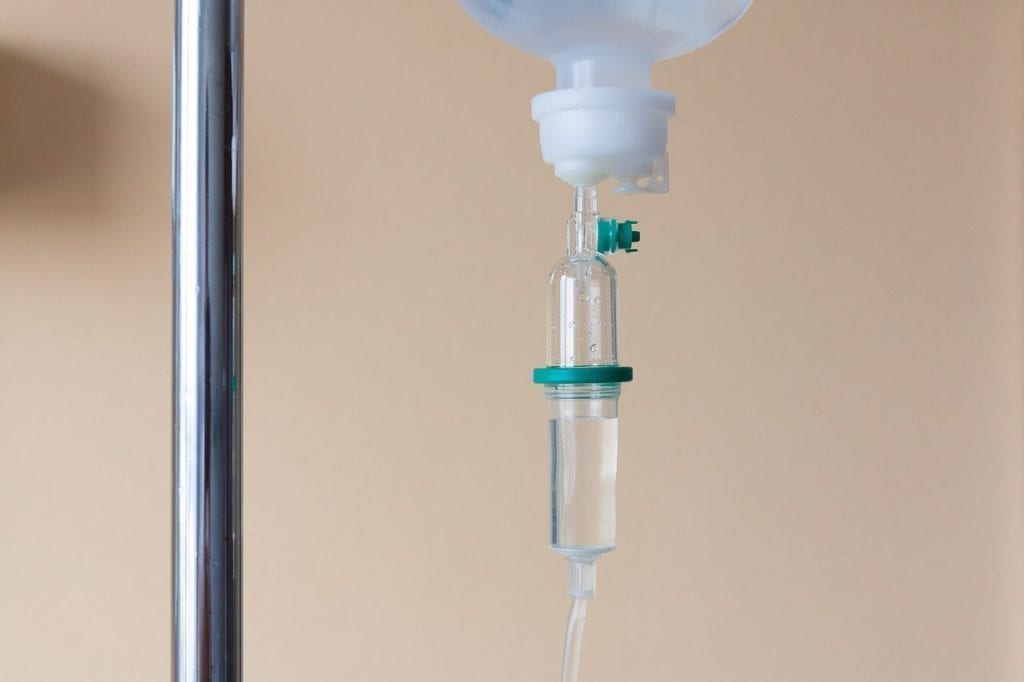The first new treatment approved for amyotrophic later sclerosis (ALS) has generated a lot of excitement and enthusiasm in the ALS community since its approval in May of 2017, but experts warn there are a lot of factors to consider before doctors or patients should consider using the new treatment.
With only 6,000 new cases per year and only 20,000 total cases in the U.S., it might be easy to dismiss ALS and its relative affect on the total healthcare picture in the U.S. But this progressive neurodegenerative disease has no cure and no prospects for one on the horizon. For the patients and their families who deal with ALS, the approval of Radicava is a big deal.
Initially, Radicava is administered with a daily intravenous infusion by a physician for 14 days followed by a 14-day, drug-free period of rest. Then there are another 10 infusions followed by 14 days of rest. This dosing pattern is then repeated. Each infusion takes about 60 minutes.
SIGNIFICANT ISSUES TO CONSIDER
In a recent article in the journal Amyotrophic Lateral Sclerosis and Frontotemporal Degeneration, authors Crystal Yeo, MD, PhD and Zachary Simmons, MD, discuss what factors should be included in a dialogue between patients and healthcare providers in discussing treatment with Radicava.
They argue that Radicava’s protracted dosing regimen might be a barrier to the patients quality of life. Time with family & friends, jobs and financial stability are at the top of the quality-of-life list for these patients. Going to and from infusion appointments daily for two weeks at a time is not only prohibitive to those without support or resources, but it also makes it difficult to attend to those very people and places that make patients feel like their quality of life is being met.
Secondly, cost is also a significant factor to consider. Each dose of Radicava is around $1,100. A year’s worth of therapy will run approximately $140,000. Patients without good health insurance coverage will most likely find that their treatment cost is out of reach and unaffordable.
Finally, the most important consideration to consider is efficacy. While the ALS community is excited about the new treatment and the news media have hyped its arrival, one has to look at the data in the trial to establish the true cost-benefit ratio. Yeo and Simmons point out that the efficacy of Radicava was proven in a very small group of patients who were in the earliest stages of the treatment. These patients were the only ones enrolled in the Phase 3 clinical studies, which last only 6 months. Radicava’s ability to slow disease progression was not established past this time.
“Given the general level of enthusiasm in the lay press and among advocacy groups for approval of this new drug, patients may not be aware that the benefits of edaravone are modest, even in the selected subgroup of the pivotal study,”
— Yeo and Simmons
The vast majority of patients with ALS die within 3-5 years after symptoms appear. Cause of death is usually attributed to respiratory failure. Because of this, many patients are clearly and understandably desperate for any treatment to extend life or improve quality of life. Nevertheless, health care providers, patients, and families must weigh all of their options before moving forward and go into treatment with clear knowledge and appropriate expectations.







